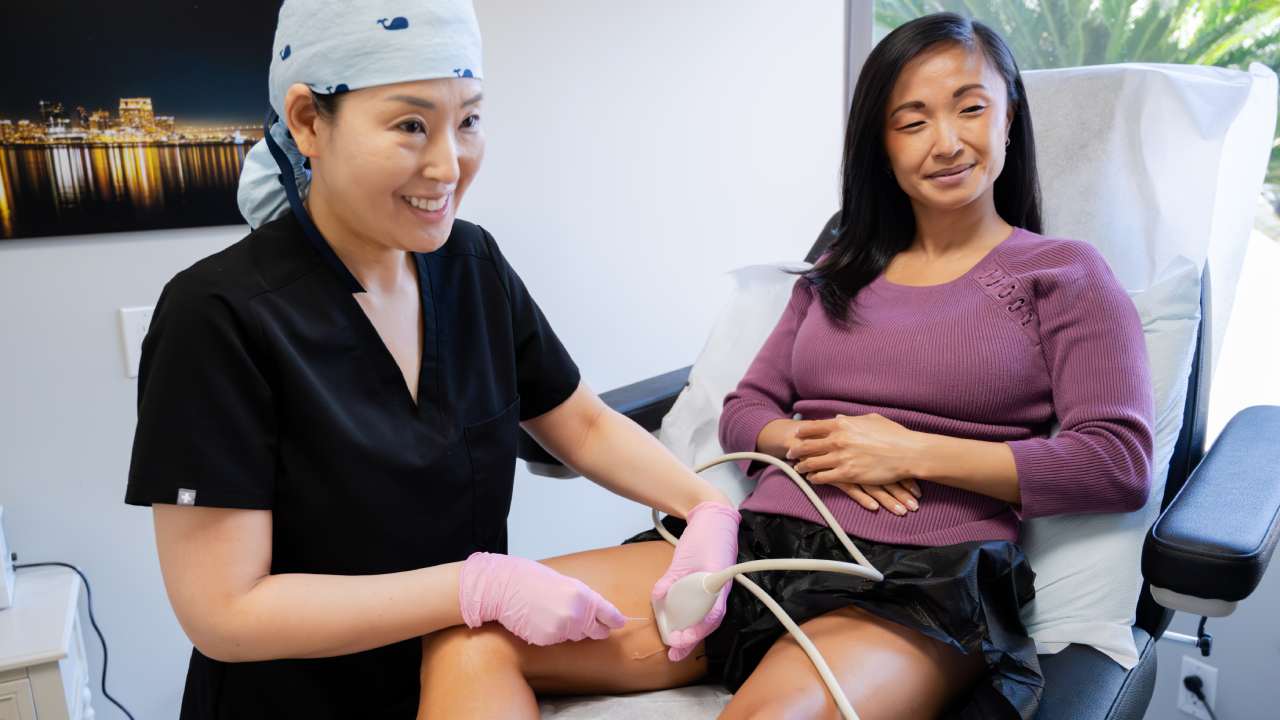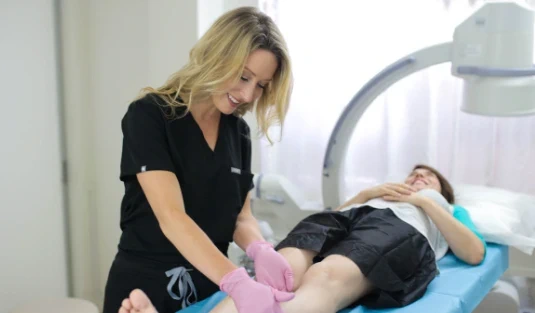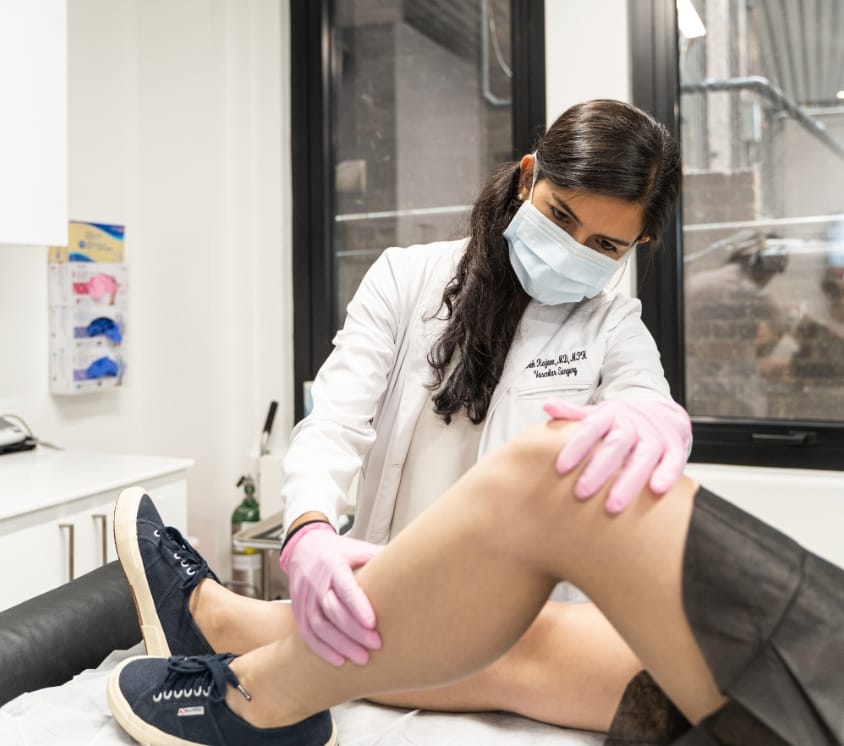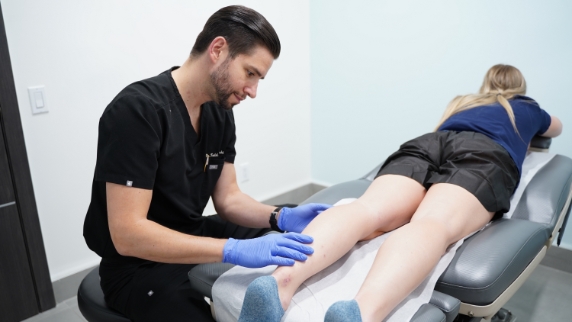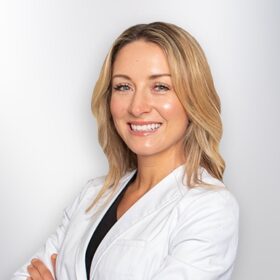When we think of varicose veins, we often picture thick, rope-like veins in the legs of older individuals. However, varicose veins and chronic venous insufficiency (CVI) can affect people of all ages, including those in their 20s and 30s. This condition arises when the veins in the legs fail to circulate blood properly, leading to pooling, swelling, and visible vein changes.
Common Risk Factors for Chronic Venous Insufficiency:
- Pregnancy: While initial pregnancies may not cause lasting damage, subsequent pregnancies can weaken vein walls and valves.
- Obesity: Excess weight increases pressure on the veins, leading to valve malfunction.
- Prolonged Standing or Sitting: Jobs requiring long periods on your feet can weaken vein valves over time.
- Genetics: A family history of varicose veins increases your risk.
- Gender: Women are more prone to varicose veins due to hormonal influences.
If left untreated, chronic venous insufficiency can progress, leading to leg pain, skin discoloration, swelling, and even venous ulcers. Seeking treatment at Vein Treatment Clinic San Diego ensures that your condition is properly diagnosed and managed before complications arise.

Diagnosis & Consultation at Vein Treatment Clinic San Diego
At Vein Treatment Clinic San Diego, our board-certified vein specialists conduct a comprehensive ultrasound evaluation to determine the severity of your condition. This diagnostic test helps identify underlying feeder veins contributing to varicose and spider veins, ensuring a targeted treatment approach.
Sclerotherapy: A Proven Treatment for Varicose & Spider Veins
One of the most effective and minimally invasive treatments for spider veins and smaller varicose veins is sclerotherapy.
How Does Sclerotherapy Work?
- A specialized solution (sclerosant) is injected into the diseased vein.
- The solution causes the vein walls to collapse, rerouting blood flow to healthier veins.
- Over time, the treated vein is absorbed by the body, reducing the appearance of varicose veins.
Benefits of Sclerotherapy:
- Non-surgical, minimally invasive procedure
- Quick treatment time (30-45 minutes per session)
- No downtime—patients resume daily activities immediately
- Long-lasting results with proper care
Foam Sclerotherapy for Larger Varicose Veins
For patients with larger or deeper varicose veins, our specialists may recommend foam sclerotherapy. This technique uses a foamed sclerosant, which effectively targets and collapses larger diseased veins.
Post-Treatment Care & Recovery
After sclerotherapy treatment, patients receive compression stockings to aid healing and improve circulation. Most individuals can return to normal activities immediately, with noticeable improvements in vein appearance and symptoms within a few weeks.
Why Choose Vein Treatment Clinic San Diego?
🔹 Board-certified vein specialists with expertise in minimally invasive treatments
🔹 State-of-the-art ultrasound technology for precise diagnosis
🔹 Personalized treatment plans tailored to each patient’s needs
🔹 Insurance verification assistance to ensure maximum coverage for treatments
Book Your Consultation Today!
Don’t wait for symptoms to worsen if you’re experiencing leg pain, swelling, or visible veins. Visit Vein Treatment Clinic San Diego for expert care.








